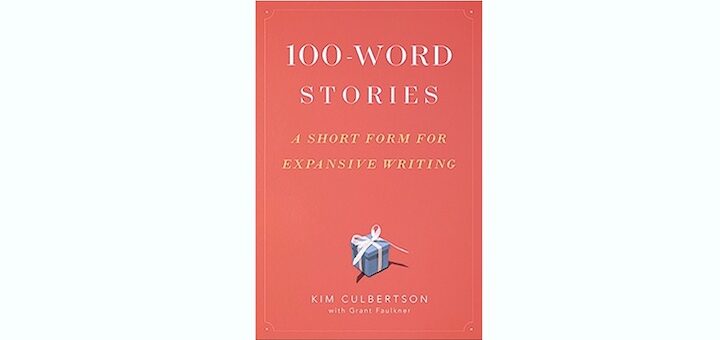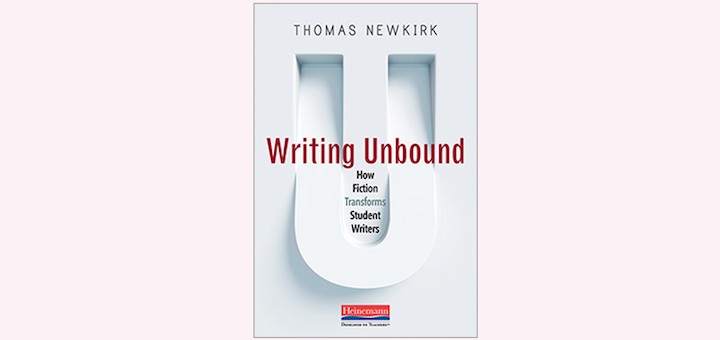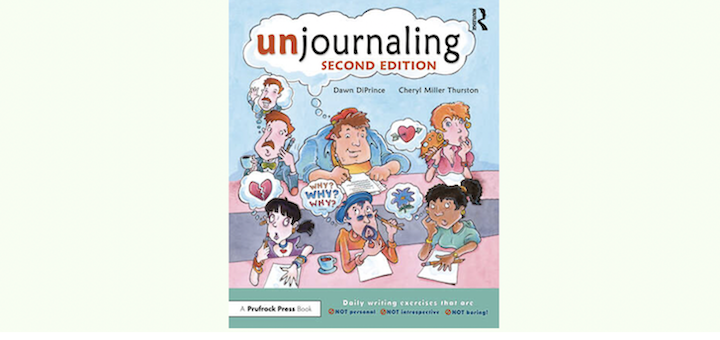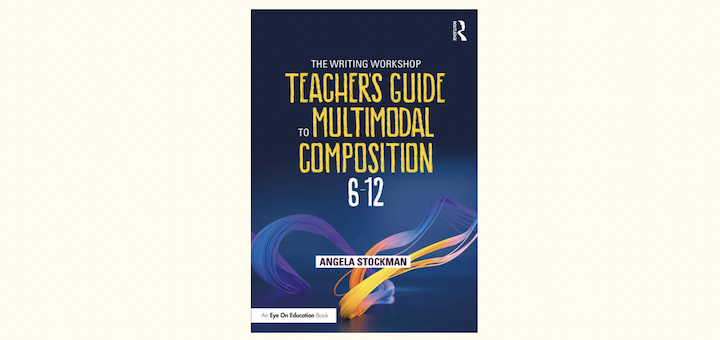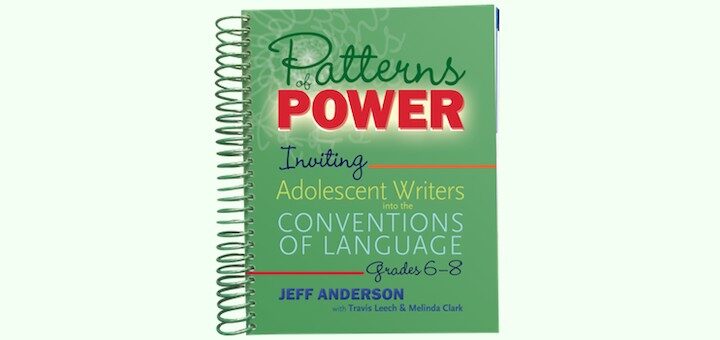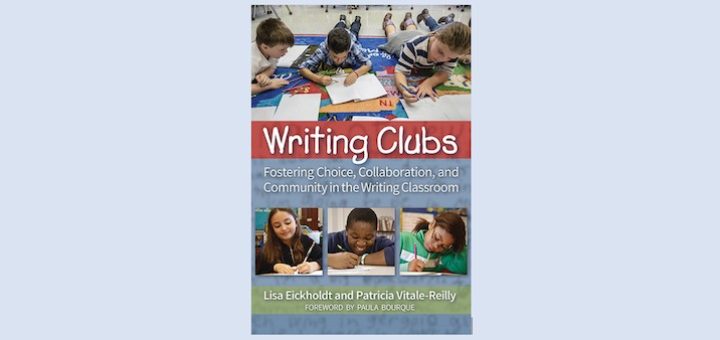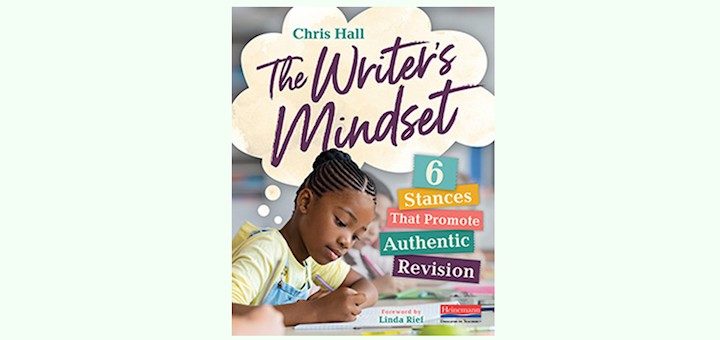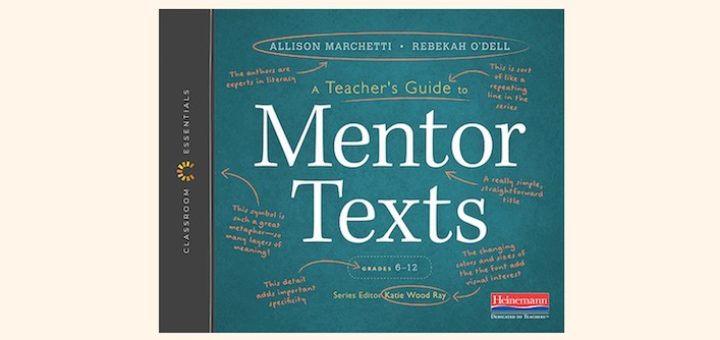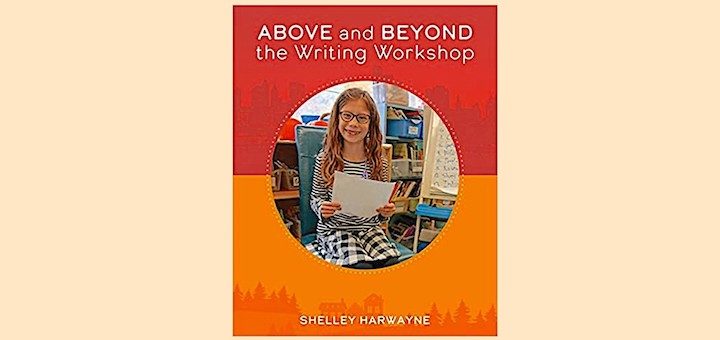Using 100-Word Stories for Expansive Writing
100-Word Stories: A Short Form for Expansive Writing by Kim Culbertson and Grant Faulkner is a wonderful resource for teaching with micro texts and for helping students in levels 5-12 develop both writing and reading mastery, writes middle school ELA teacher Erin Corrigan-Smith.

